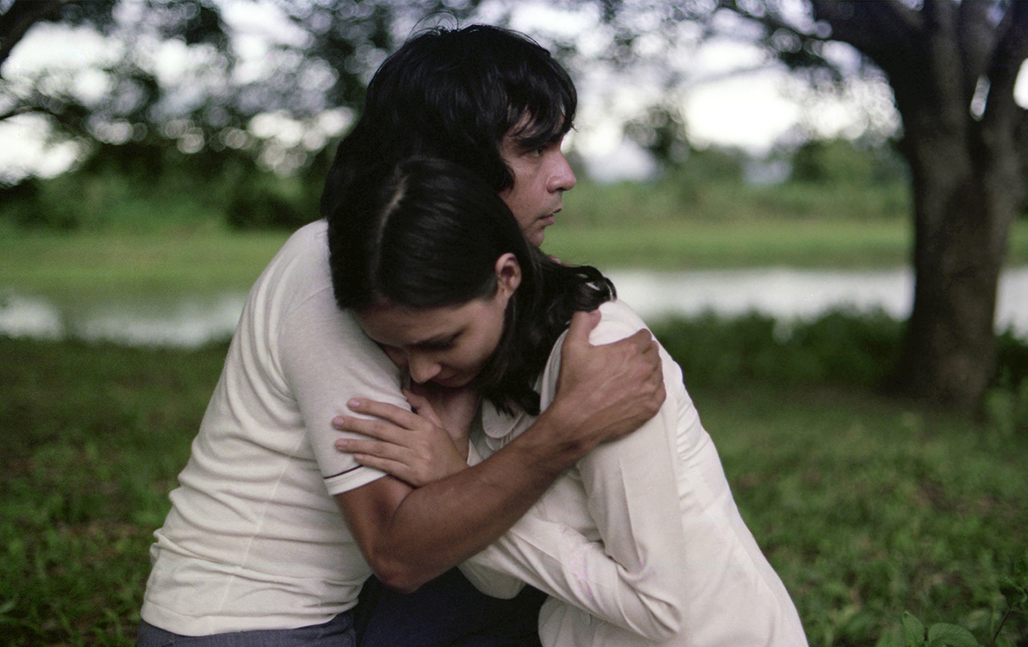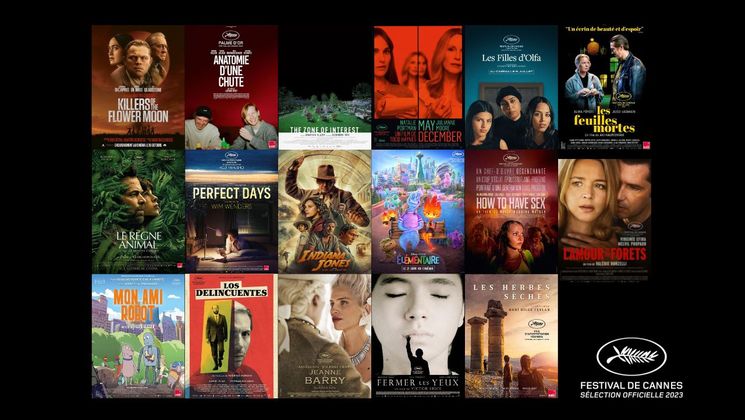
Itim, Mike De Leon’s esoteric and oppressive deep dive

In 1976, the young filmmaker Mike De Leon established himself as one of the Filipino authors to watch with Itim, an esoteric psychological drama that leans towards genre cinema. Screened at Cannes Classics, the film tells the story of Jun and Teresa, two young people whose destinies are linked by the same feeling of guilt. The director talks about the making of this gripping debut film.
What gave you the idea of this story with fantastic and esoteric contours?
The first film I directed was a 16mm short film titled Monologo (Monologue), which is now lost except for a couple of sequences that could be find in the behind-the-scenes documentary of ITIM. It was an homage to Antonioni’s Blow-up which I liked very much. The first time I saw it was in 1967 (not sure where, perhaps in the U.S.). My interests at that time was painting and music and I wanted to become a painter. But Blow-up got me interested in photography.
After the completion of Lino Brocka’s Maynilla, which I produced and photographed, I got interested in doing a film that used a camera to tell a story with one character, no dialogue and just sound effects. One thing I liked about Blow-up was the idea of existential alienation. Monologo was a ghost story. The character takes photos and he does not realize that he has photographed a ghost or a presence in his own house. I mean, his camera saw it but he did not. That kinda blew my mind. I was very young by then. I was also a big fan of the Japanese ghost stories of Lafcadio Hearn.
Was this first feature film difficult to make?
Being a feature film director for the first time, I had some initial difficulty in working with actors but since my approach was through cinematography, the work eventually became easier. I also became even more meticulous about framing, camera movement, and lighting, and blocking the actors (which just happened to be one of the elements of filmmaking). The film was shot in my family’s ancestral house in the province. It is a century old house and since I was also working in the film studio and laboratory owned by the family, I experimented with various photographic techniques. The film was post-flashed 100 percent and minimal lighting was used.
Your film examines more social Filipino issues in the background, including Catholic traditions and class injustices. What did you want to show and how have these issues evolved today?
Although I was brought up as a Catholic and had a strict Jesuit education from childhood to college, I had always been “afraid” of Catholic religious images and icons that proliferated everywhere, not only in Churches but in our own home. I still think that Spanish colonial rule was the worst historical accident that befell our country. I realize we couldn’t have avoided being colonized, but I still wonder why we didn’t get colonized by the British instead. The religious obscurantism of our culture, created by the rule of priests or friars during the entire length of our 300 years of colonization by Spain is one of the major reasons why we have not achieved total intellectual freedom, why we are still subservient to authority, no matter how perverse it is, perhaps untill the present.
“In my mind, darkness was one of the major characters of the film.”
Could you say a word about your actors?
There were no big stars in my cast and that was a very good thing. At the beginning, I wanted to cast big stars because that was the practice during that time. But soon, it became evident that that would be an impracticality and the budget would escalate beyond what we could afford. So we decided to risk newcomers, like Charo Santos and Susan Valdez. There was Mario Montenegro of course, who plays the doctor, but he was no longer a big star. He was one of my favorite actors of our studio when I was a young boy. He was one of the studios’s biggest stars. In a way, I was working with an ensemble cast, and there were no egos to bother with. They were not only very gifted, but very cooperative as well. I was a new director and I got full cooperation from all of them, without any exception.
The atmosphere of the film is very particular, it is oppressive: what were your wishes in terms of directing to create it?
The oppressive atmosphere is a combination of the traditional religious practices duing Lent in the Philippines and the darkness of that old house. In my mind, darkness was one of the major characters of the film. Even my production designer, who was a first timer like me, understood this and the color palette of the film was muted and somber, intentionally.
You use the camera as a protagonist who crosses the action: can you explain this choice?
Like Monologo, this was something that was not planned, it was something that was just part of my conviction as a filmmaker. At that time, I was very partial to keep the dialogue of the film to a minimum. Several reels of the film do not have dialogue. Later, my films became more dependent on dialogue, especially the political ones. But down the line, there was Kisapmata in 1981, a true-to-like crime story that is very similar in mood to Itim.
What films or directors inspired you at that time and what was your relationship with genre cinema?
I already spoke of Antonioni. I also happened to watch Nicholas Roeg’s Don’t Look Now while I was in Germany in the mid 1970s. And when I was in college, i found Jack Clayton’s The Innocents so frightening. It is still one of the best ghost films ever made, in my opinion. I still cannot watch it alone. You will find elements of these films in Itim.
I hadn’t heard of terms like genre cinema at that time. Friends and critics said that Itim belonged to the horror genre, which I did not question. But in my opinion, although there are no ghosts in that story, Kisapmata could be classified as belonging to the horror genre. But at the end of the day, these terms are meaningless to me. But I have never made films just for the sake of making one. That’s why my output is relatively meager in the span of my life in cinema. I don’t think labeling films helps in understanding them. Film is something to experience, not to understand.


